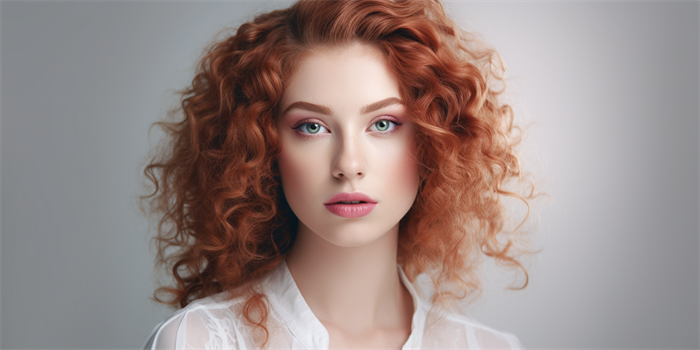What is the Best Age to Have Cheek Augmentation in Bendigo?
Cheek augmentation is a cosmetic procedure that enhances the shape and contour of the cheeks, often to create a more youthful or aesthetically pleasing appearance. The decision to undergo cheek augmentation in Bendigo, or any other location, involves considering several factors, including age, facial structure, and personal goals. Understanding the optimal age for this procedure can help individuals make informed decisions about their facial aesthetics.

1. Understanding Cheek Augmentation
Cheek augmentation involves the use of implants or injectable fillers to add volume and definition to the cheeks. This procedure can address various concerns, such as sagging skin, loss of volume, or uneven cheekbones. The choice between implants and fillers depends on the desired outcome, the patient's facial structure, and the surgeon's recommendations.
2. Factors Influencing the Ideal Age
The ideal age for cheek augmentation varies from person to person. However, several factors influence this decision:
- Facial Development: Individuals under the age of 18 are generally not considered suitable candidates for cheek augmentation due to ongoing facial development. Waiting until facial growth is complete ensures more predictable and natural-looking results.
- Skin Elasticity: As people age, skin elasticity decreases, which can affect the outcome of cheek augmentation. Younger patients often have better skin elasticity, which can enhance the results of the procedure.
- Volume Loss: The natural aging process leads to volume loss in the cheeks. Individuals experiencing significant volume loss may benefit from cheek augmentation to restore a youthful appearance.
3. Considerations for Younger Patients
Younger patients, typically in their late 20s to early 30s, may consider cheek augmentation to enhance facial contours or address congenital features. However, it is crucial to ensure that the decision is driven by personal aesthetic goals rather than societal pressures. Consulting with a qualified plastic surgeon can help younger patients understand the potential risks and benefits.
4. Considerations for Middle-Aged Patients
Middle-aged patients, often in their 40s and 50s, frequently seek cheek augmentation to combat the effects of aging. Volume loss and sagging skin in this age group can be effectively addressed with cheek augmentation, helping to restore a more youthful and lifted appearance. The choice between implants and fillers in this age group often depends on the extent of volume loss and the patient's long-term aesthetic goals.
5. Considerations for Older Patients
Older patients, typically those in their 60s and beyond, may also benefit from cheek augmentation. However, the procedure may need to be combined with other facial rejuvenation techniques, such as facelifts or skin resurfacing, to achieve optimal results. The surgeon's expertise and the patient's overall health are critical factors in determining the suitability of cheek augmentation for older individuals.
6. Personal Goals and Expectations
Ultimately, the best age for cheek augmentation is when an individual's personal goals align with their facial structure and the natural aging process. It is essential to have realistic expectations and to understand that the results of cheek augmentation are not permanent. Regular follow-up appointments and potential maintenance procedures may be necessary to sustain the desired outcome.
FAQ
Q: Is cheek augmentation permanent?
A: The permanence of cheek augmentation depends on the method used. Implants are permanent, while injectable fillers are temporary and typically last between 6 months to 2 years.
Q: Are there any risks associated with cheek augmentation?
A: Like any surgical or cosmetic procedure, cheek augmentation carries potential risks, including infection, implant displacement, and allergic reactions. Consulting with a qualified surgeon can help mitigate these risks.
Q: Can cheek augmentation be combined with other procedures?
A: Yes, cheek augmentation can be combined with other facial rejuvenation procedures such as facelifts, eyelid surgery, or skin resurfacing to achieve comprehensive facial enhancement.
Q: How long is the recovery period after cheek augmentation?
A: Recovery time varies depending on the method used. Generally, patients can expect some swelling and bruising for a week or two, with full recovery taking several weeks.
In conclusion, the best age to have cheek augmentation in Bendigo is influenced by multiple factors, including facial development, skin elasticity, and personal goals. Consulting with a qualified plastic surgeon is crucial to determine the optimal timing and method for achieving the desired aesthetic outcome.




